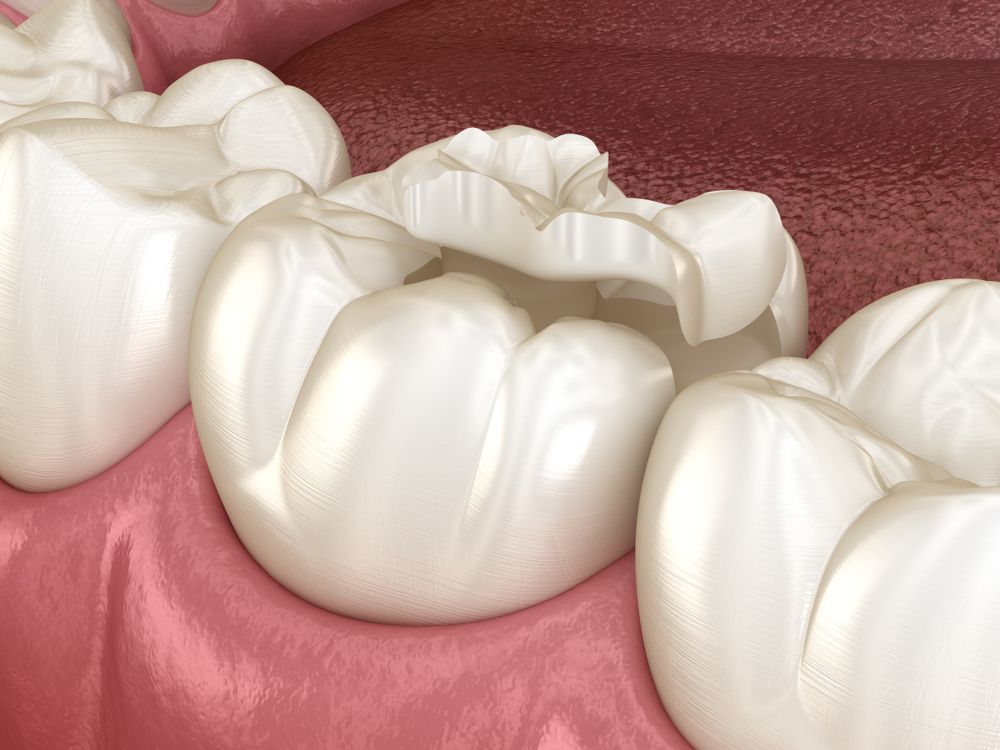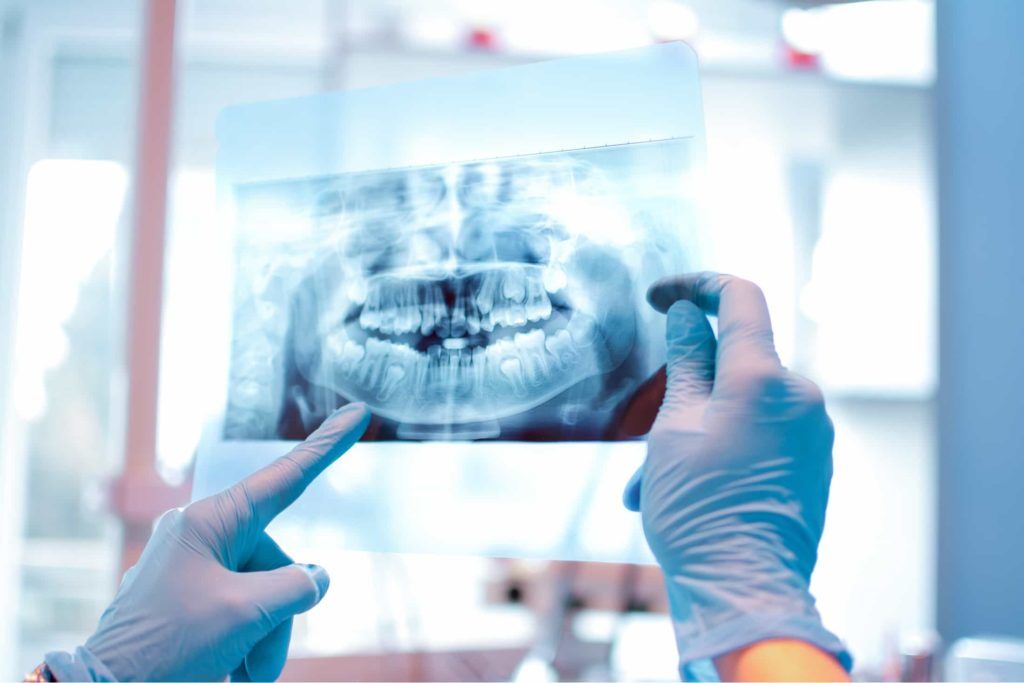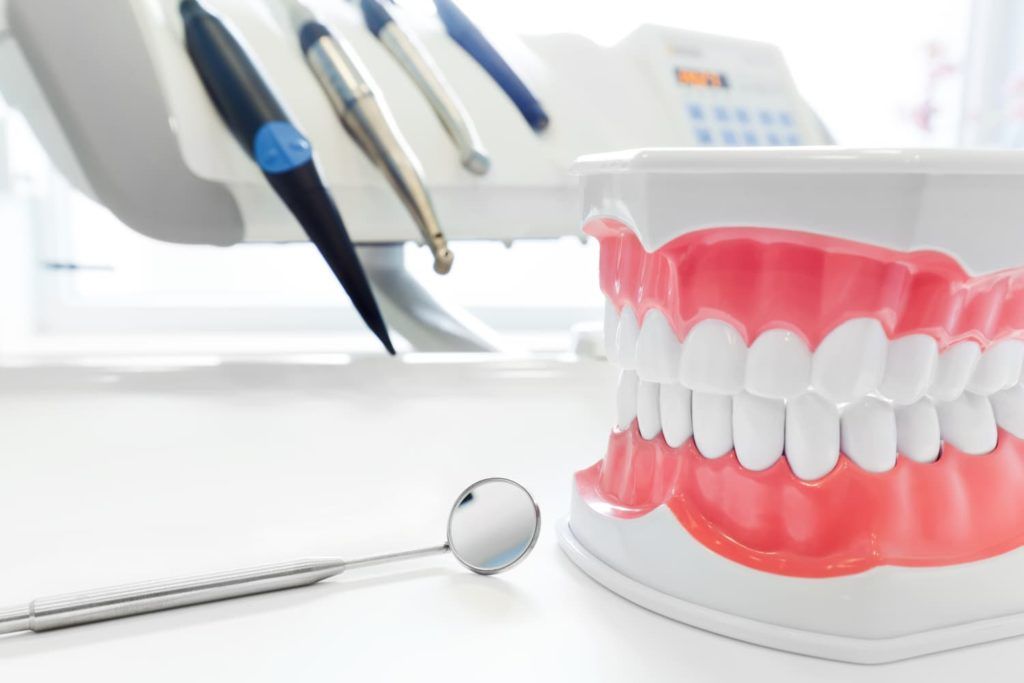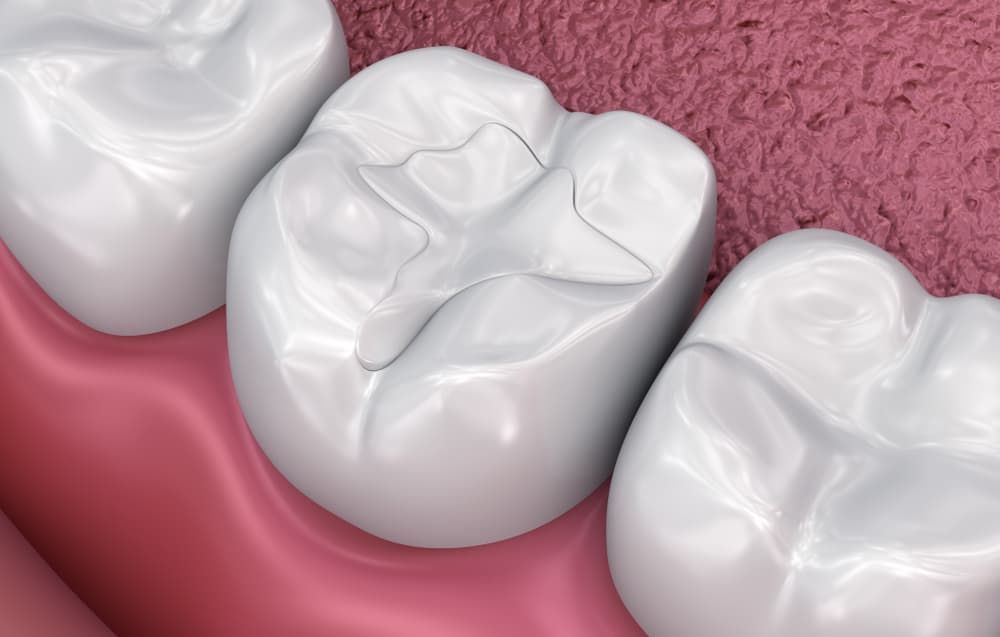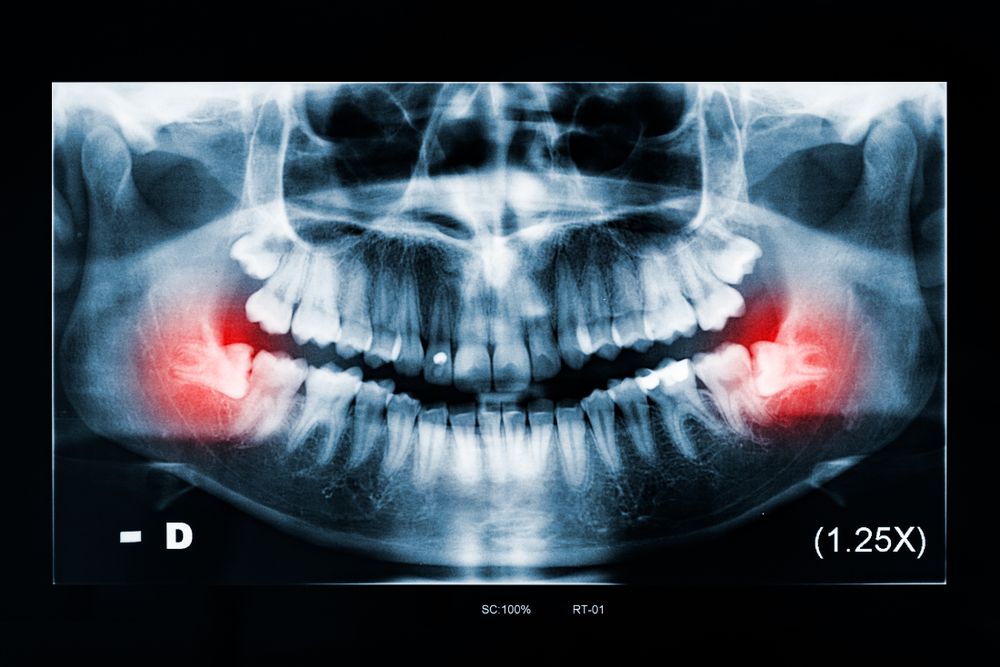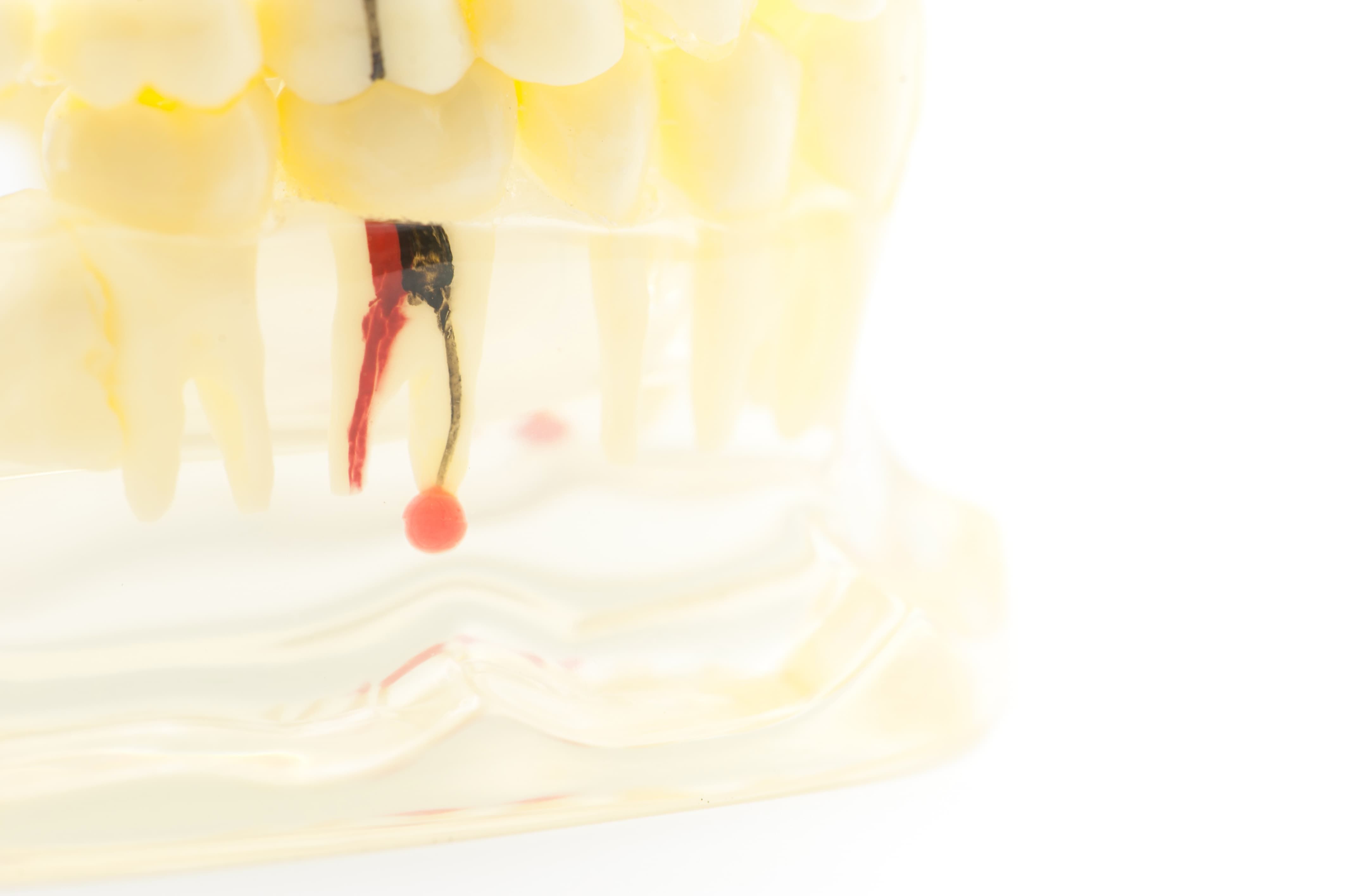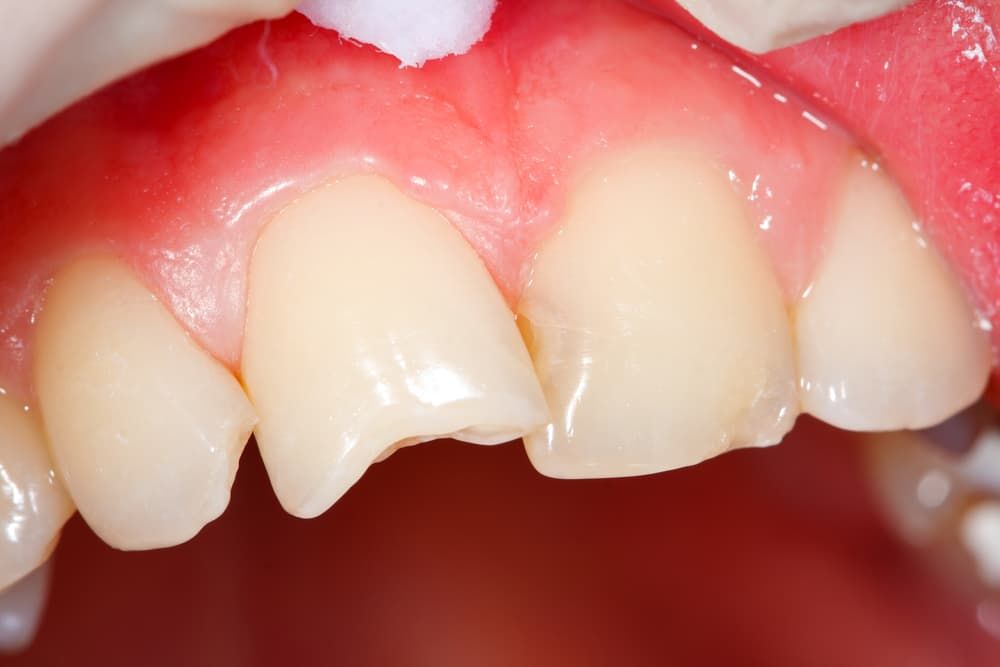Services Offered
Cerec
Cerec allows me to make your crown right in the office on the same day. In fact, sometimes I can make a "partial crown" called an onlay, which can save valuable tooth structure. These crowns have no metal in them and are all ceramic (so there are no metal lines visible).
VELscope
Velscope is a cancer screening technology tool that helps me look for oral cancer. It is a quick and painless test that draws my attention to areas that do not flouresce under its special light. Oral cancer is not common, but it caries a 50% mortality rate. It is critical to catch it early so that the survival rate improves.
Digital Radiography
I use xrays that are scanned into a computer. This allows me to enlarge them in great detail so that you can see what I see. The type of " film" used is called a phosphor plate. These are thinner than conventional digital xray sensors (and they have no wires). I am also able to email them to other specialists so you don't have to worry about carrying the xrays with you!
Surgical Microscope
I use this to see great detail when I am peforming certain procedures on my patients. The amount of information that this tool gives me is astounding. It allows me to work with great precision and accuracy.
Diode Laser
This device lets me work around metal restorations and implants to improve visibility and clinical success when tissue resection is needed.
Dentures
There are many different materials that can be used to fabricate dentures, and we do our best to ensure a natural look and fit. All of our dentures are made with the patient’s individual anatomy in mind. We never compromise quality for value, because there is no acceptable way to cut corners when it comes to your patients’ quality of life.
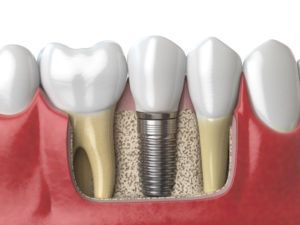
Restoration Implants
When teeth are missing or unable to support and retain a dental prosthesis, like a crown or dentures, dental implants are commonly used to restore a smile. When properly cared for, implants can last a lifetime! We can conduct an initial examination, identify what the problem is and how extensive it is. This will involve a physical examination along with x-rays so that we can determine the density of your jawbone.
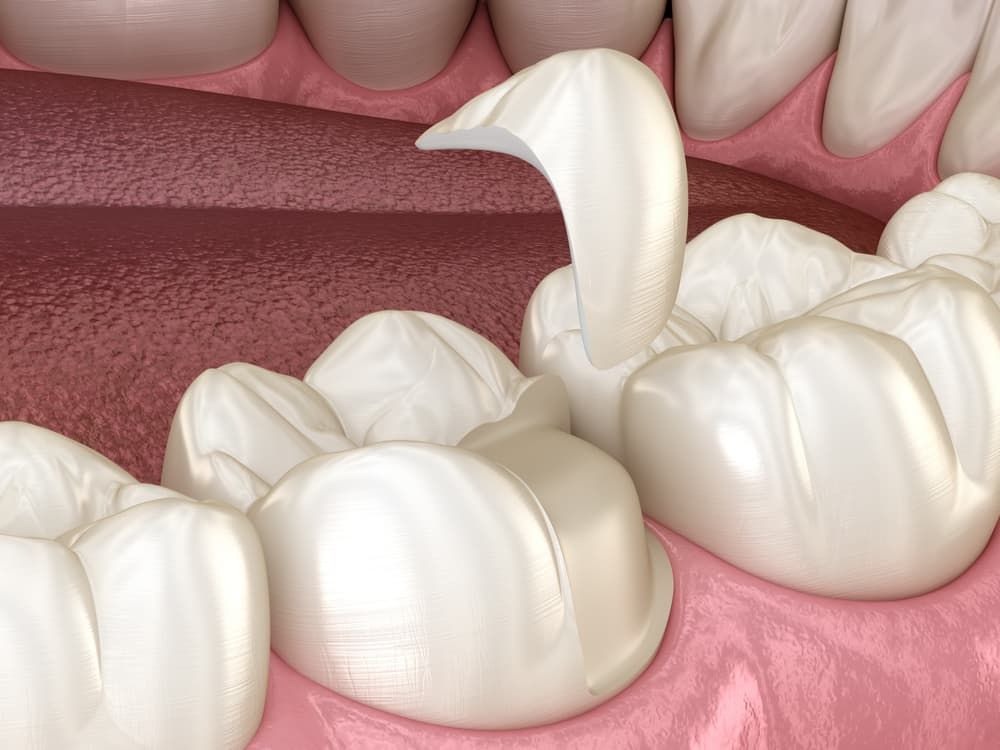
Onlays
An onlay is a restoration made outside the mouth that replaces a cusp or cusps of a tooth. It is bonded into place. It is a more conservative or tooth structure saving restoration than a full crown. It may be made of porcelain or metal. Unlike items such as shoes and shirts that can be mass produced for retail sales; dental treatment and restorations are unique and individual. Each restoration is made just for you.
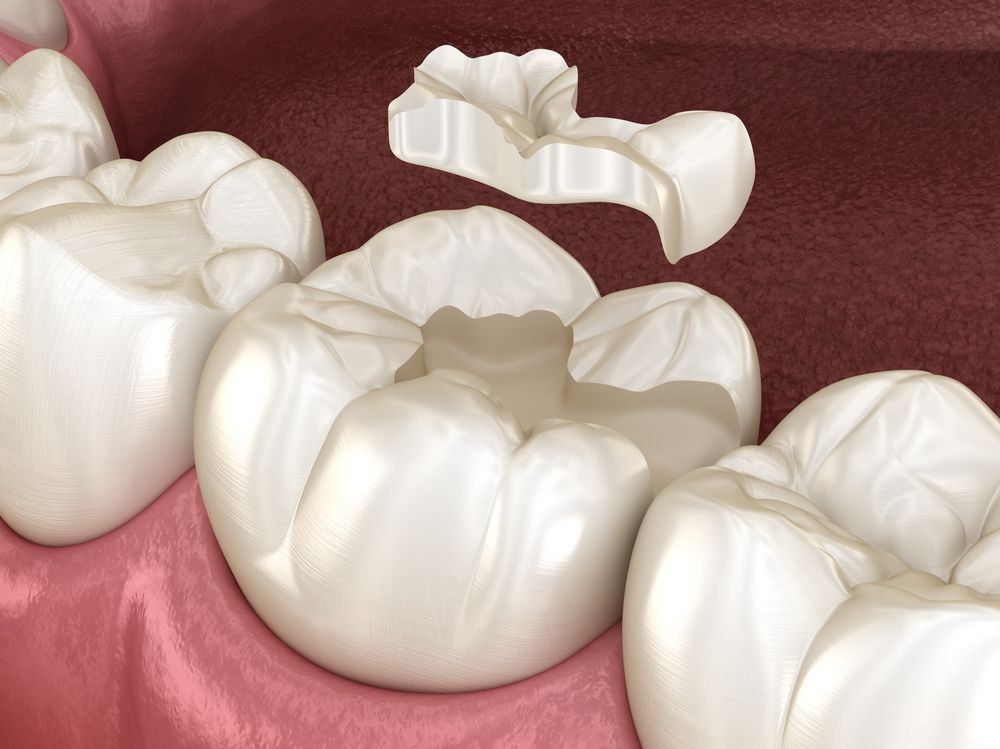
Crowns
Crowns – also known as caps – are fixed over the surfaces of natural tooth structures or dental implants. Crowns are customized specifically for the patient’s bite and can usually be placed in as little as one or two dental visits. With proper cleaning and regular dental check-ups, crowns can last many years, or even a lifetime.
Fillings
Fillings are dental restorations designed to be inconspicuous and natural in appearance. They blend well with the teeth and appear more natural than amalgam fillings, which are darker and more easily seen by other people. Composite fillings are made of ceramic and plastic compounds that chemically bond to the teeth. They can be used to fill in decayed areas of the teeth, as well as to help repair chipped or broken teeth.
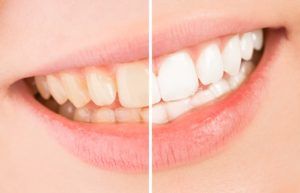
Cosmetic Dentistry
Your smile is the first impression that others have of you, so it makes sense that you would want it to be bright, white and healthy. You may be a candidate for cosmetic dentistry if your healthy teeth have imperfections that you would prefer to be changed to enhance the appearance of your smile.
Extractions
Tooth extractions are routine dental procedures used to remove decayed, damaged or otherwise problematic teeth. The most common cause of tooth extractions is severe tooth decay and cavities. However, many patients also undergo extractions for impacted teeth – particularly wisdom teeth. Other causes for extraction include advanced periodontal disease, cracked teeth, and teeth that are severely malformed.
Root Canal
Root canal treatment is an endodontic procedure used to clear infected pulp away from the pulp chambers and canals of a diseased tooth. Infections occur when bacteria are allowed to enter the pulp – often due to untreated decay or a crack in the tooth. During a root canal, the tooth is opened and the pulp removed. Biocompatible cement is used to fill the tooth before it is restored with a crown or other restoration. You may need a root canal if tooth decay or a broken tooth has allowed the pulp to become infected and inflamed. Signs and symptoms to watch out for include temperature sensitivity, swelling, drainage, odor, pain, and discoloration of the tooth. It is important to treat infections quickly, as delaying treatment can result in severe tooth pain and abscess.
Emergencies
We understand that dental emergencies are a major concern and needed to be treated quickly. We ensure that dental emergencies are seen and accommodated as promptly as possible.

Scaling and Deep Cleaning
Dental scaling is routinely performed to help patients with gum disease and excessive plaque buildup. While a standard cleaning will address the surface of the tooth, scaling goes much deeper. Scaling is a common dental procedure for patients with gum disease. This is a type of dental cleaning that reaches below the gumline to remove plaque buildup. The process of scaling the teeth is often referred to as a deep cleaning. This treatment goes beyond the general cleaning that you receive with your regular checkup and annual visit.
